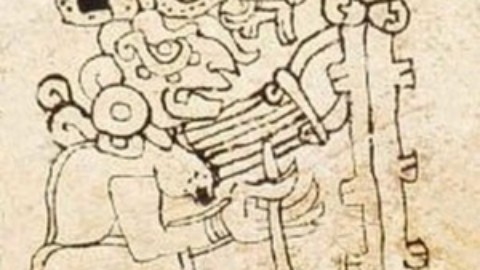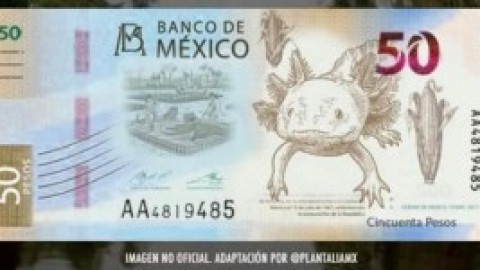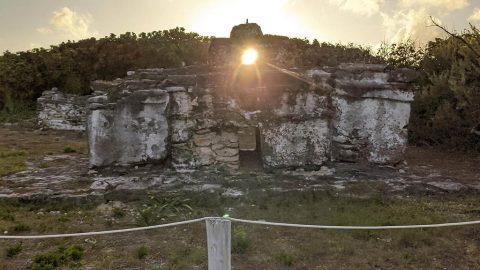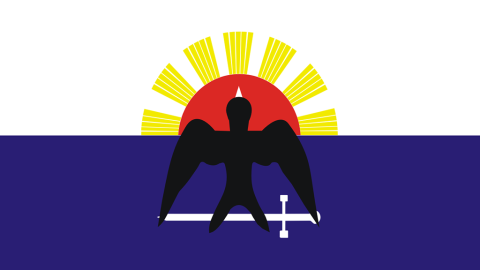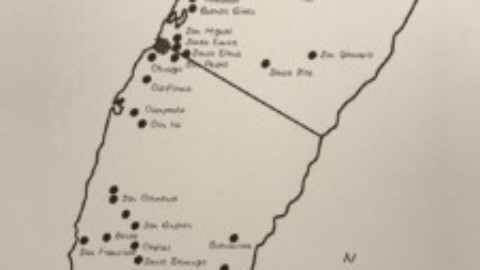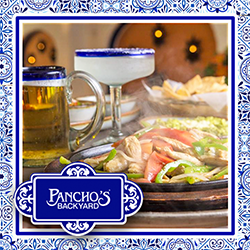Time for the ancient Maya was an infinite cycle implying an already past future and a past yet to come, the existence of an endless series of worlds and the eternal return, the constant ending and beginning of cycles. This amazing culture recorded many important events and developed very sophisticated calendars. In all ancient cultures, calendars were used for agriculture, religious ceremonies and a way to determine the place that everything had in life. The creation cycles or ages of the Maya and the Aztec peoples, were slightly different. The Aztec Calendar or Stone of the Sun
speaks of the Five Suns, the creation of the world, the universe and humanity. The Earth has had five different eras or races since its creation, each ruled by a sun. During the First Sun giants lived on Earth and were destroyed by jaguars. A huge hurricane destroyed the era of the Second Sun, transforming survivors into monkeys. The era of the Third Sun disappeared after fire fell from the skies and the survivors were turned into birds. A terrible deluge washed everything away during the Fourth Sun or Era and the survivors transformed into fish. In our Fifth Sun (which began sometime between 1143-1195 AC) the gods made a blood sacrifice to make the sun move and continue its movement. Many contemporary beliefs say that in the Sixth Sun the human race will reach perfection. In the Popol-Vuh, the Book of the Council or Sacred Book of the ancient Quiche Maya tells about the gods’ attempts to create man. On the first attempt, man was made of clay, but could not stand, walk or multiply. The second time, wood was used; however, man had no memory and could not remember the creator, hence was washed away in a great flood. The gods insisted, and from the corn made four men and four women who possessed extraordinary vision and wisdom, so the gods decided to lessen their capacities. These men and women formed the families that would inhabit Earth: the People of the Corn. The Books of Chilam Balam of Chumayel, are a series of texts written between 1775-1800 AC which, under the influence of the new religion, narrate Mayan history, facts, speak of the katun (end of a cycle, closure of a period of time, every 256 Gregorian years) and prophecies. One in particular, prophecy K’atun 4 Ajaw, tells that Kukulkán’s return will bring death and life, new teachings, to the main seat of the itzáes: Chichen Itzá. According to this prophecy, this repeats every 13 K’atunes, therefore Kukulkán first returned in the year 1244 AC; the second time in the year 1500; the third, 1756 and the fourth will be 2012. The ancient Maya believed that events of the past could be recorded into the future; the past precedes us, the future has already happened. The beginning of each cycle fosters the conditions to reestablish the balance.
The sophisticated Long Count wheel in the Mayan calendar is divided into Baktúnes, cycles of 144000 days that begin on the date of the Mayan creation. This calendar shows that 13 Baktún, our current cycle or era, began on August 11, 3114 BC and the cycle will be completed by December 21, 2012; the rebirth of the Sun God, a New Sun/Age, the Job-Ajaw will begin on December 22, 2012. Few are the inscriptions that refer to this cycle of 13 Baktún. Stellae C in Quirigua, Guatemala tells about the passing of this cycle until its end. However, only Tortuguero’s Monument 6 explicitly mentions 4 Ahau 3 Kankin. Located on a hill in the plains of Tabasco, Mexico, in Tortuguero the cracked piece, Monument 6
was found with the date December 21, 2012 inscribed on it. It does not say that the world will end on that day; it indicates the end of a cycle and the beginning of a new one with the descent of the Mayan god Bolon Yokte Ku, who, while his significance in the Mayan cosmogony is not clear, his name has several interpretations: ‘Nine support gods or lords’, ‘the god of many steps or 9 foot’, ‘tree of nine dogs’ or ‘tree of many roots or 9 feet’, and some archaeologists consider him the Mayan god of Creation and War. “Thirteen baktun shall end on the day 4 Ahau 3 Kankin, when god Bolon Yokte Ku descends from the heavens.”
Being avid astronomers, the Maya believed that the point where the Milky Way appeared as a vertical strip in the sky at night represented the moment of creation and that during the Winter Solstice the sun would emerge from it. NASA has stated there are no significant astronomical events tied to December 21, 2012; it only coincides with the Winter Solstice.
Regardless of the negative frenzy and positive excitement surrounding December 21, 2012, the Maya have indeed bequeathed upon us the wisdom that even though life itself is full continuous transformations, new cycles are the dawn of new beginnings. As Mayan leaders recently expressed before the UN: “With the change of an era, humanity has the opportunity to build a better world, but we must work to achieve it.”
…but, have you considered there might be another possibility?
Monica Sauza, a court certified translator, has been assisting island residents with translations abd immigration issues. In her spare time she writes wonderful histories for Cozumel 4 You readers.
- Day of the Dead Cozumel - November 8, 2024
- Cozumel History Mexican Revolution Monica Sauza - November 8, 2024
- Day of the Dead - November 1, 2024
